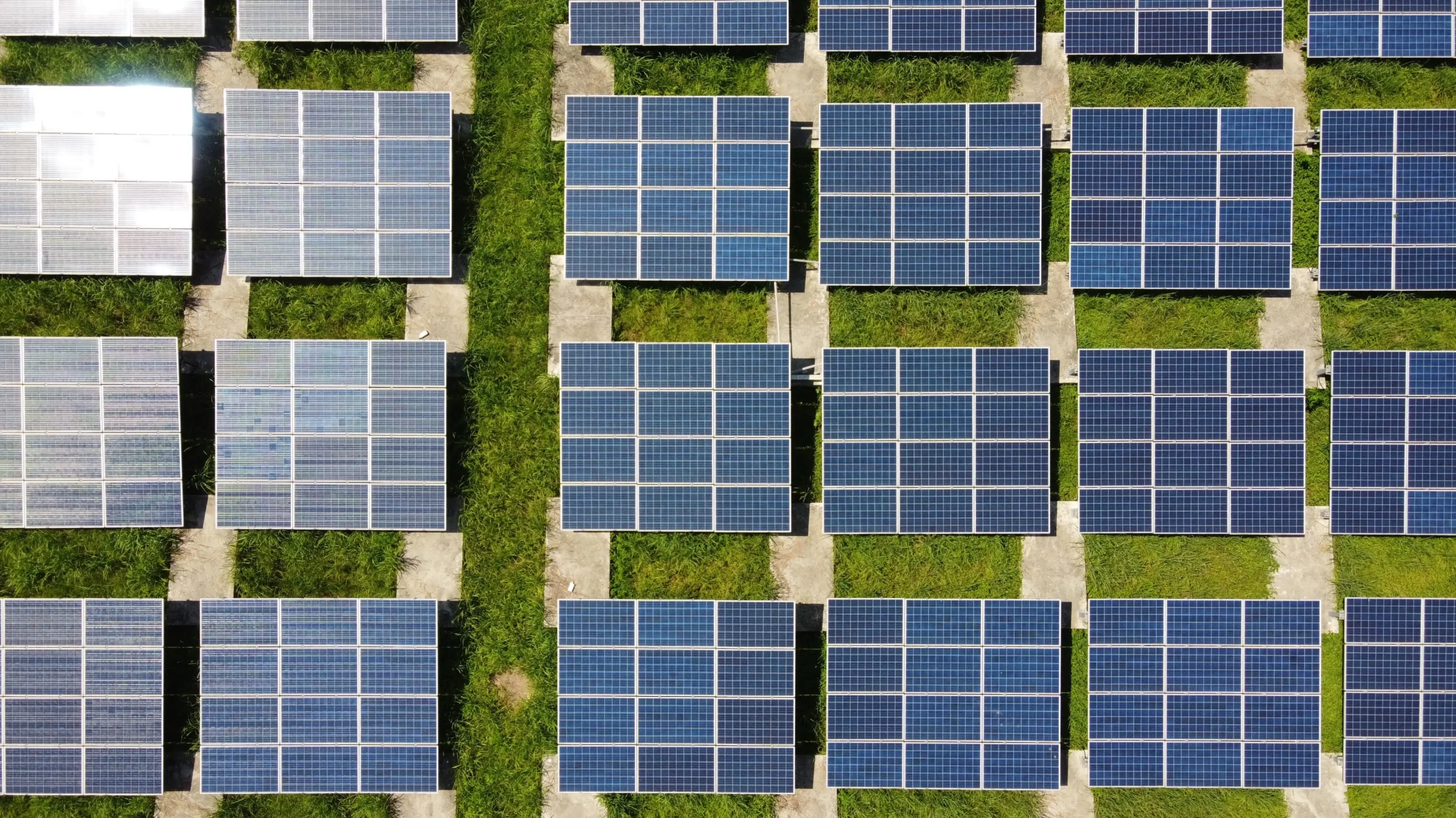In today’s rapidly evolving world, governments worldwide are seeking sustainable solutions to meet growing energy needs while reducing environmental impact. In the Netherlands, the government faces the challenge of building an ambitious, sustainable energy infrastructure that not only reduces CO2 emissions, but also paves the way to a future of renewable energy.
In this blog, we dive into the goals the Dutch government is pursuing to pave the way to a cleaner, more efficient and more sustainable energy landscape. Find out how the Netherlands is positioning itself as a pioneer in the energy transition and what impact this will have on daily life and the future of energy in the country.
Do you want your innovation to make it easier to meet ESG targets? Would you like to develop your idea in collaboration with Beeliners? We would love to help you! Feel free to drop by for a cup of coffee and we will be happy to discuss the possibilities with you.
What is a sustainable energy infrastructure?
A sustainable energy infrastructure refers to a system of energy supply designed and optimised to be environmentally friendly, efficient and renewable in the long term. The aim is to reduce environmental impact while meeting society’s growing energy needs.
Some characteristics of a sustainable energy infrastructure are:
- Renewable energy sources: the use of sustainable, renewable energy sources such as solar, wind, hydro, biomass and geothermal energy. These sources can be replenished indefinitely and generally cause less damage to the environment than non-renewable sources such as fossil fuels.
- Energy efficiency: A renewable energy infrastructure aims to use energy efficiently through advanced technologies, smart grids and energy-efficient appliances. Minimising energy losses during production, distribution and consumption is an important aspect.

- Storage technologies: Integrating reliable storage technologies to manage the variability of renewable energy sources. This includes battery storage, pumped hydro plants, and other technologies to store excess energy for use when demand is high.
- Smart grids: Implementing smart energy networks that use advanced information technology to optimise energy management and distribution. Examples include monitoring energy consumption, forecasting peak hours and facilitating bi-directional energy flows.
- Decentralised energy generation: Encourage decentralised energy generation, where homes, businesses and communities produce their own energy, for example through solar panels on roofs. This reduces dependence on large, centralised power plants.
- Environmentally friendly transport: Promoting sustainable mobility, such as electric vehicles and hydrogen-powered vehicles, to reduce dependence on fossil fuels and improve air quality.
6 Goals
The Dutch government has several goals and ambitions regarding renewable energy and wants to contribute to a more climate-friendly and sustainable society with a renewable energy infrastructure.
Some of the main goals are:
- Reducing greenhouse gas emissions: The Netherlands aims to significantly reduce greenhouse gas emissions to contribute to international efforts to combat climate change. A sustainable energy infrastructure, with an emphasis on renewable energy sources, is essential to reduce dependence on fossil fuels and limit CO2 emissions.
- Energy transition: The government aims to accelerate the energy transition, focusing on reducing the use of natural gas and promoting renewable energy sources. This includes achieving energy-neutral or natural gas-free neighbourhoods and promoting electric transport.
- Sustainable energy generation: the Netherlands aims to significantly increase the share of sustainably generated energy in the total energy mix. Consider the use of offshore and onshore wind power, solar power, biomass, and other renewable sources.
- Energy efficiency: The government wants to improve energy efficiency in all sectors, including industry, transport and buildings. This can help reduce overall energy demand and optimise energy use.
- Stimulating innovation: The Dutch government invests in renewable energy research and innovation. This includes supporting new technologies, smart energy networks and energy storage solutions.
- International cooperation: The Netherlands participates in international partnerships and initiatives to jointly tackle global energy and climate challenges.
All these targets are in line with broader international agreements, including the Paris Climate Agreement, in which countries aim to limit global warming to well below 2 degrees Celsius and strive for 1.5 degrees Celsius. Achieving these goals will require a radical change in the way energy is produced, distributed and consumed.
Working on your ESG-innovation together with Beeliners
Do you have a good idea for a product, service, process or technological innovation that makes it easier to achieve ESG goals? And would you like to develop your idea in collaboration with Beeliners? Beeliners has an innovation cell dedicated to innovations in energy and heating systems. Feel free to drop by for a cup of coffee and we will be happy to discuss the possibilities with you.
Also interesting
-

How will the production of green gas be encouraged?
In an era when the world is paying increasing attention to renewable energy sources, green gas is a promising alternative that has the potential to reduce our dependence on fossil fuels. Green gas, also known as biomethane, is produced from organic material such as green waste, sewage sludge, or even… Read More
-

What is bio-energy?
In an era when the urgency of renewable energy sources is becoming increasingly prominent, bioenergy takes centre stage as a promising and environmentally friendly solution. This renewable form of energy, derived from biological sources such as plants, offers a range of possibilities for reducing our dependence on fossil fuels and… Read More
-

This will encourage the use of renewable energy
In a world where the calls for sustainability and environmental awareness are getting louder, the use of renewable energy sources is central to the fight against climate change. While individual efforts by citizens and businesses play an important role, a crucial responsibility rests on governments worldwide to accelerate the transition… Read More

